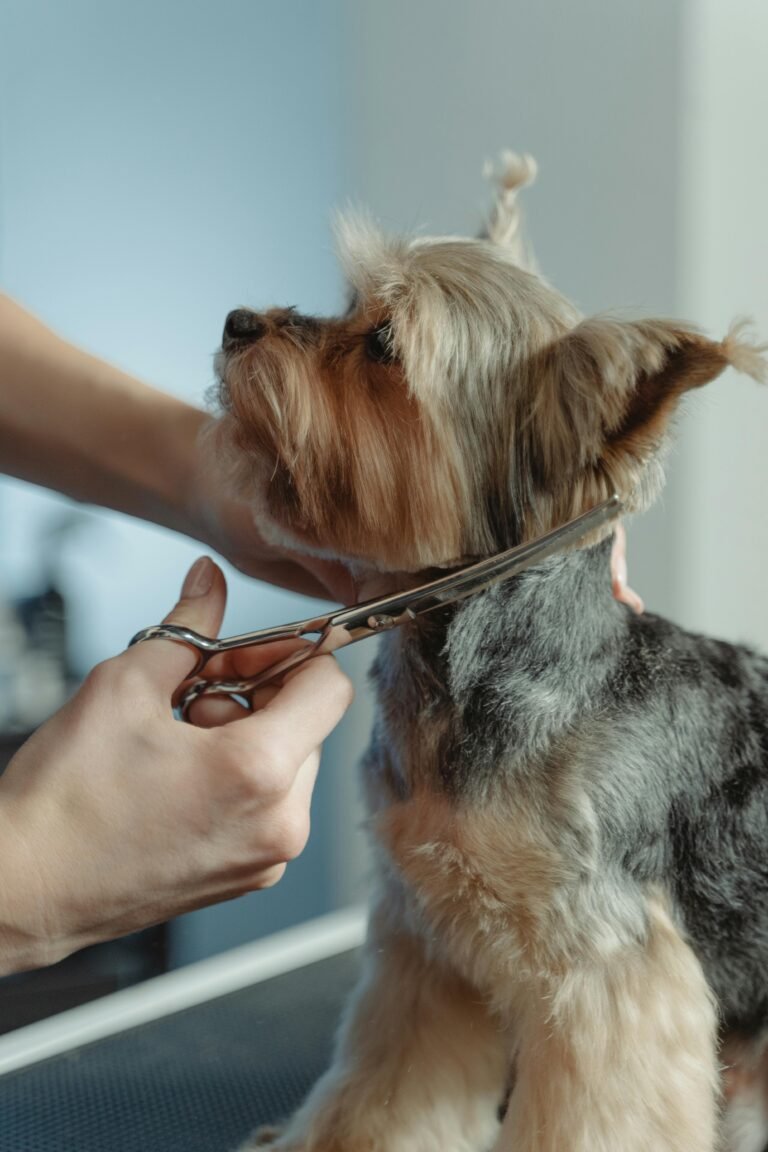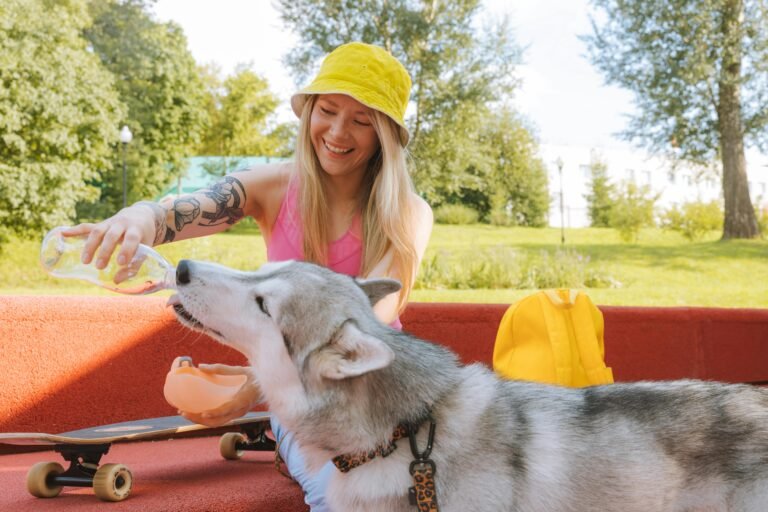Introduction
Your dog’s ears do more than hear your voice — they help with balance, communication, and even emotional expression. But those soft, floppy, or upright ears can also trap dirt, moisture, and wax, leading to discomfort or infections if not properly cared for. Routine ear care is one of the most overlooked parts of dog maintenance, yet it’s vital for long-term health and comfort. In this guide, we’ll cover how to safely clean your dog’s ears, prevent ear problems, and recognize early warning signs before they turn into serious issues.
Why Ear Health Matters
A dog’s ear canal is shaped like an “L,” making it easy for debris and moisture to get trapped deep inside. Left unchecked, this can cause irritation, yeast buildup, or bacterial infections. Regular ear checks and gentle cleaning can prevent pain, odor, and costly vet visits down the road.
- Improves comfort: Clean ears prevent itching and head-shaking.
- Prevents infection: Removes buildup that can breed bacteria and yeast.
- Supports hearing: Keeps ear canals clear of wax and debris.
- Strengthens your bond: Regular handling helps your dog feel more relaxed during grooming.
Understanding Your Dog’s Ears
Before you start cleaning, it helps to understand your dog’s ear type and risk level:
- Floppy ears (e.g., Cocker Spaniels, Beagles): These trap moisture and reduce airflow, increasing infection risk.
- Upright ears (e.g., German Shepherds, Huskies): Better airflow, but can collect dust or pollen.
- Hairy ear canals (e.g., Poodles, Schnauzers): Hair can trap debris and reduce ventilation.
Knowing your dog’s ear anatomy helps you tailor your care routine — and spot problems early.
How Often Should You Clean Your Dog’s Ears?
Cleaning frequency depends on your dog’s lifestyle, breed, and health history:
- Weekly: For dogs prone to ear infections or who swim regularly.
- Every 2–4 weeks: For most indoor dogs with healthy ears.
- As needed: If you notice dirt, odor, or wax buildup.
Overcleaning can irritate the ear canal, so always check first — if ears look clean and dry, skip the cleaning that week.
What You’ll Need for Ear Cleaning
- Vet-approved ear cleaning solution (avoid alcohol or hydrogen peroxide)
- Gauze pads or cotton balls (no cotton swabs — they push debris deeper)
- Treats and a calm setting
- Towel (especially for dogs who shake their heads)
Step-by-Step: How to Clean Your Dog’s Ears Safely
- Inspect the ears: Look for redness, swelling, discharge, or foul smell. If present, stop and contact your vet.
- Apply solution: Fill the ear canal with a few drops of cleaner — follow the product instructions.
- Massage the base: Gently massage for 20–30 seconds to loosen debris and wax.
- Let your dog shake: Step back — your dog will naturally shake out the liquid and dirt.
- Wipe clean: Use gauze to gently remove remaining debris from the outer ear folds.
End with praise and a treat — positive reinforcement helps your dog associate ear care with comfort, not stress.
Common Signs of Ear Problems
Recognizing symptoms early can prevent serious infections or hearing loss. Watch for:
- Frequent scratching or pawing at the ears
- Head shaking or tilting
- Redness, swelling, or discharge
- Foul or yeasty odor
- Whining when ears are touched
- Balance issues or walking in circles
If any of these symptoms persist for more than a day or two, consult your veterinarian — untreated infections can lead to chronic inflammation or ruptured eardrums.
Types of Ear Infections
Ear problems typically fall into three main categories:
- Yeast infections: Common in humid conditions or after swimming; smell sweet or musty.
- Bacterial infections: Usually produce a strong odor and thick discharge.
- Ear mites: Tiny parasites causing dark debris and intense itching, common in puppies.
Your vet can determine the exact cause and prescribe medication if needed — never use human ear drops or random home remedies without guidance.
How to Prevent Ear Infections
Good habits make a big difference. Here’s how to protect your dog’s ears long-term:
- Dry ears thoroughly after baths or swimming.
- Trim inner ear hair if your vet recommends it.
- Maintain a balanced diet with omega-3s to support skin health.
- Avoid inserting anything deep into the ear canal.
- Schedule regular vet ear checks — especially for breeds prone to infections.
When to See a Vet
It’s time for professional help if your dog shows pain, swelling, persistent odor, or changes in behavior. Chronic infections may require culture tests, ear drops, or allergy management. Never delay — early treatment means faster healing and less discomfort for your pup.
Bonus: Ears and Allergies
Did you know ear issues are often linked to allergies? Food sensitivities and environmental allergens can cause inflammation inside the ear canal. If your dog has recurring ear infections, talk to your vet about testing for allergies — addressing the root cause can stop the cycle for good.
Conclusion
Healthy ears mean a happy, comfortable dog. Regular checks, gentle cleanings, and quick attention to warning signs can prevent most ear issues before they start. Make ear care part of your grooming routine, and your pup will thank you — with less itching, fewer vet visits, and plenty of tail wags.






